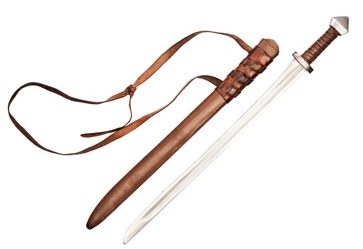A lot of learners are confused and have a difficult time choosing pull or draw in their English sentences. In their native language, they might be the same. Also, it may seem like “draw” has so many disconnected meanings. You draw a picture, and you draw your gun? How are these connected? I’ll explain that in this blog post.
First, let’s look at some examples that can demonstrate the difference:


Did you notice the difference? In the first picture, horses make the carriage move thanks to a string that connects everything. In the second picture, a person makes the carriage move directly thanks to the carriage’s length. The horses touch a string. The person touches the carriage directly.
Pull is about causing movement directly on something.
She pulled my arm because she wanted me to come with her.
= Her hands were on my arm directly, causing movement.
I hated pulling my loose teeth out when I was a kid.
= I did not like the feeling of removing my teeth with my fingers when I was young.
Draw is about causing movement using a tool, usually a string.

Can you please draw the curtains? It’s too light in here.
= Please pull the string that controls the curtains in order to close them.
The hero drew his sword in order to fight the monsters.
= The hero pulled the string that releases his sword.
In older times, a lot of weapons were kept in their holding place using a string. Because of this, the verb about getting a gun ready is “draw.” Even if sheaths (holder for swords) or holsters (holder for guns) do not have strings anymore, the verb remains in the modern language.
The many uses of “draw” are connected by metaphorically reaching a new place using a tool.
I drew a beautiful picture with crayons.
= I pulled crayons on the paper, leaving color and therefore a picture on the paper.
We should not draw conclusions from limited information.
= Let’s not conclude something using limited knowledge. Limited information is not enough to take us to a new conclusion.
In summary:
- Pull: direct movement; hands are touching the moving object
- Draw: indirect movement; an object (usually string) helps moving something else
Hopefully, that makes it clear whether you should use pull or draw. Like most English rules, they are not definite. What I explained works 99% of the time, but sometimes you might see something that does not follow this rule. Most likely, historically there was a reason.
English, just like all languages, is not definite. Because millions of people contribute to the development of the language, it will always be imperfect. I hope, however, that I can help learners have a better understanding of really similar words. Because both of these words continue to exist at the same time in the history of English, there must be something that separates their meanings.
You can read more about English and language learning on my YouTube channel. Keep on studying!